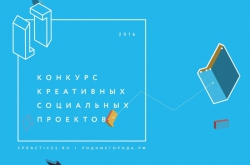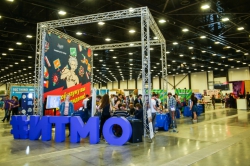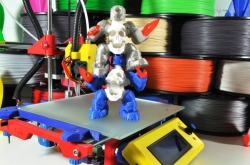Makers are those who are ready to create as opposed to watching YouTube videos — they came to labs to saw, assemble and create something with the assistance of a 3D printer. If everything goes well those who have put enough efforts can turn their hobby into a startup. Sometimes young entrepreneurs use the services of such labs to develop a prototype of their products.
Schoolers, students, researchers, engineers, factory staff — everybody can be a maker. It depends on desire and opportunities. That is why one pays more and more attention to technical creativity at schools and universities.

What is special about makers? For instance, the SG Makers Association (SGMA) helps its students develop technical, research and even aesthetic skills. It means that a maker is a creative engineer with a sense of beauty. Those who want to implement their ideas into the market also have to obtain entrepreneurial skills. Such centers as ITMO’s OLYMP and FabLab were made for these purposes.
When most Russian labs were created by enthusiastic university staff members and scientific funds, Singapore developed these centers at the governmental level. Apart from the Association of Makers, it has the Southeast Asian Makerspace Network(SEAMNET), which supports makers from different countries.
"The government of Singapore aims to give students an opportunity to learn how the real industry works. It is very prestigious there to work as a designer in a technical field or an engineer," says Alexey Shekoldin, head of ITMO’s Fablab.

The Russian delegation visited Nanyang Technological University, the National Additive Manufacturing Innovation Cluster (NAMIC), the fablab of Singapore Polytechnic University, the 3D Printing Center, Singapore University of Technology and Design and other educational centers and labs.
According to Mr. Shekoldin, all maker centers in Singapore are equipped with modern devices. All of them follow the same principles as ITMO’s fablab — they are open for students who can make their own devices and class projects. Singapore students have to meet strict requirements when working in labs, as equipment is very expensive. The atmosphere at ITMO’s fablab is friendlier — it gives more opportunities for creativity.
Kirill Bodrov, one of the stakeholders of the OLYMP, talked about an educational concept he learned from his international colleagues.

The classes at Singapore University of Technology and Design differ from Russian ones. Students work in large classes equal to 200 square meters. Each class has about 9 tables and several 3D printers — students divide into groups up to 3−4 people. Three groups are supervised by a teacher. It gives an opportunity to make individual contacts between students and teachers. This division makes students compete with each other. The teachers present theory and supervise practical tasks — they show students how to deal with software tools.
"Education is the main element of our lab. Singapore colleagues follow the same idea. Thanks to this internship I discovered that the "do it yourself" approach is wonderful when we want to teach how to create in the technical field. I also found some ways for the further development of our lab," said Kirill Bodrov.
As Alexey Shekoldin noted, St. Petersburg and other Russian cities are making the first steps in developing the makers' community. One opens science-tech centers for makers, but now almost all of them are not for free. Parents understand that it is necessary to involve children in science, since such events as the University of Children are gaining popularity.






